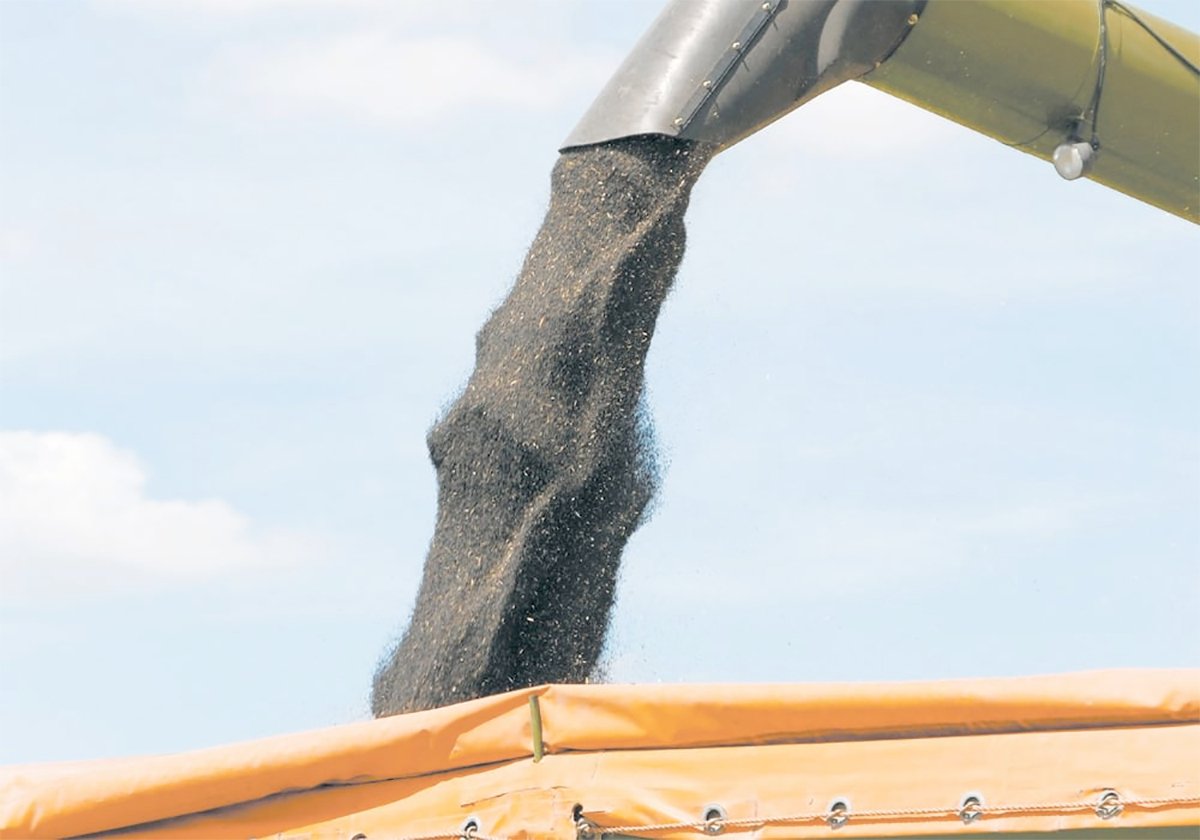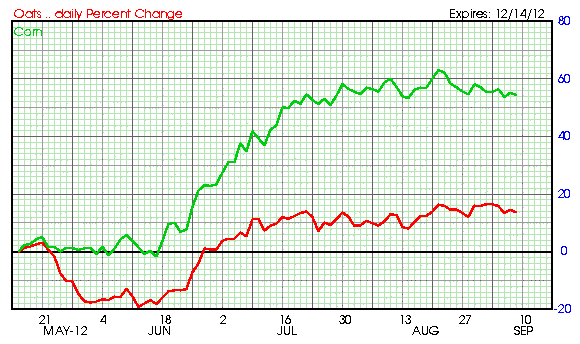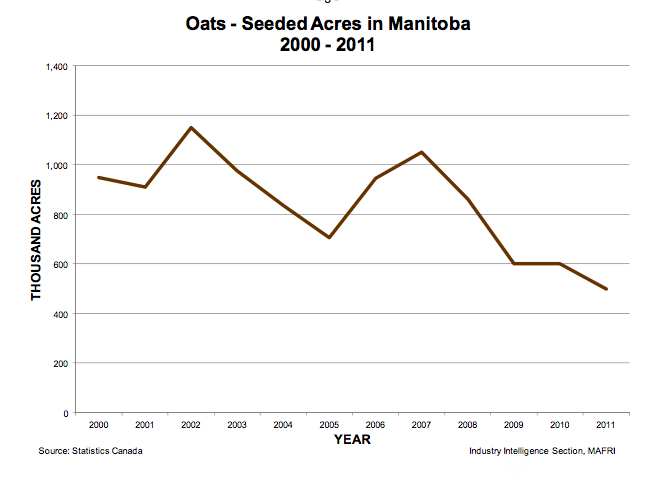Oats stocks are very low. The U.S. horsefeed market is eating up more of the crop this year, after years of declining purchases. There is a continental shortage of feedgrains, driving prices sky-high.
And oats prices are “lacklustre.”
Attention oats buyers: this is no way to treat an essential crop.
Sure, oats prices are high in historical terms, but crappy compared to other cereals and semi-feedgrains (which is how oats are priced, for weird reasons).
Check out the relative performance of oats and corn since the Midwest drought began:
Read Also

Determining tariff compensation will be difficult but necessary
Prime minister Mark Carney says his government will support canola farmers, yet estimating the loss and paying compensation in an equitable fashion will be no easy task, but it can be done.
Oats prices are up about 35 percent. Corn prices are up 50 percent. That helps create the phenomenon we see in the chart below:
Oats is slipping out of popularity in eastern Manitoba, which used to be its homeland. Why seed oats if you can seed corn? In most of the prairies you can’t swap out one for the other, but in eastern Manitoba you can. What happens if shorter and shorter season corn varieties become available, as is likely?
Right now oats are disappointing, and that’s no way to attract a lot of acreage for next spring. And a lot of acreage will be needed to rebuild stocks if buyers want to have a comfortable supply. So the ball’s in the buyers’ court: if you’re comfortable with a small and insecure future supply of oats, keep buying in today’s grudging manner.
If you want farmers to go out and book seed for next spring – which they’ll be doing the next few weeks as many make early acreage decisions – you’d better get a little more aggressive with future pricing and buy a few more acres.
















